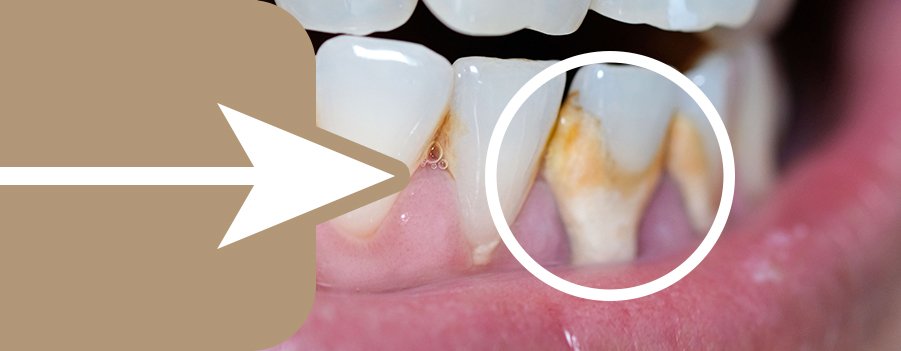Have you noticed a yellow or brown layer on your teeth? This is tartar, one of the main threats to oral health. Regular tartar removal not only enhances your smile but also prevents serious dental issues. In this article, we’ll explore the causes of tartar buildup, its risks, and the best ways to remove it.
What is Tartar?
Tartar is a hardened layer that forms when plaque (bacteria and food debris) accumulates on the teeth for a long time without proper cleaning. Over time, this plaque calcifies, turning into a hard layer that cannot be removed with a regular toothbrush and requires a dentist’s intervention.
What Causes Tartar Buildup?
🔹 Irregular brushing, allowing plaque to accumulate and harden.
🔹 High sugar and starch intake, which feeds bacteria that cause tartar.
🔹 Neglecting flossing, leading to plaque buildup between teeth.
🔹 Dry mouth, reducing saliva production, which naturally cleanses the mouth.

Dangers of Tartar on Teeth and Gums
🚨 Causes gum inflammation, leading to swelling and bleeding when brushing.
🚨 Leads to tooth decay, creating an ideal environment for bacteria.
🚨 Causes bad breath, as tartar buildup produces persistent odor.
🚨 May loosen teeth, as severe cases damage the supporting bone structure.
How is Tartar Removed?
Tartar removal is performed by a dentist using specialized tools that safely eliminate buildup without harming tooth enamel. The two main methods are:
✔️ Scaling: Removes tartar from above and below the gum line using vibrating instruments.
✔️ Polishing: A special brush is used to smooth the teeth, preventing future tartar buildup.
How to Prevent Tartar Buildup?
🦷 Brush teeth twice a day with fluoride toothpaste.
🦷 Floss daily to clean areas a toothbrush cannot reach.
🦷 Reduce sugar intake and drink plenty of water to keep the mouth hydrated.
🦷 Visit the dentist every six months for check-ups and professional cleaning.
Conclusion
Tartar removal is not just a cosmetic procedure but a necessity for maintaining oral health. Don’t wait until you feel pain—make tartar cleaning a regular part of your dental care routine to ensure a healthy, long-lasting smile.
